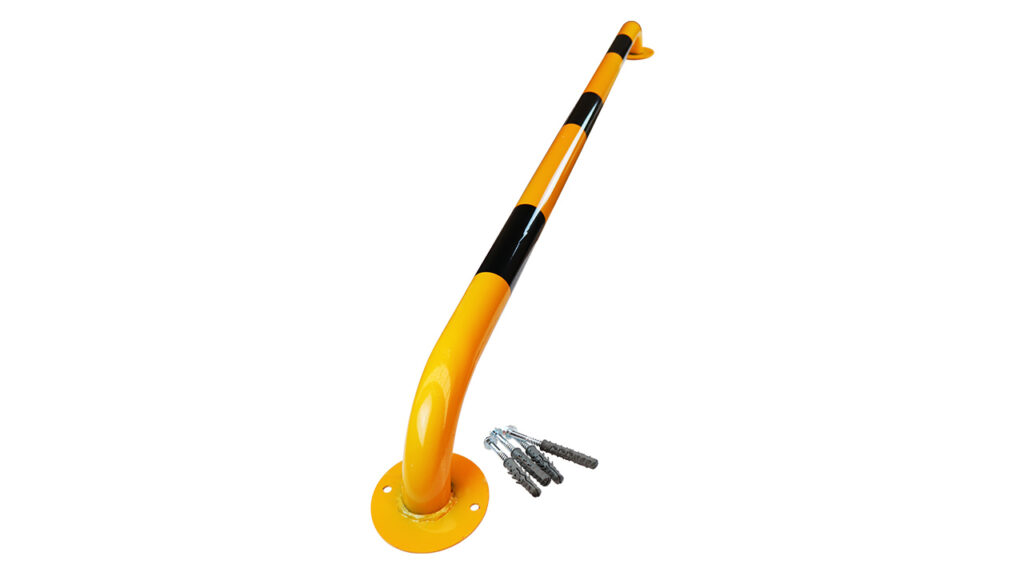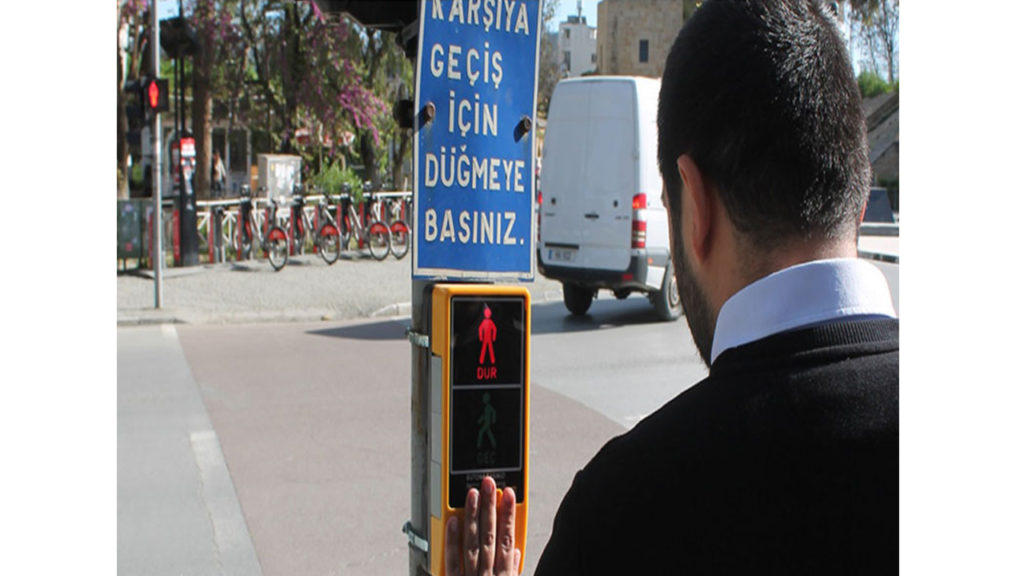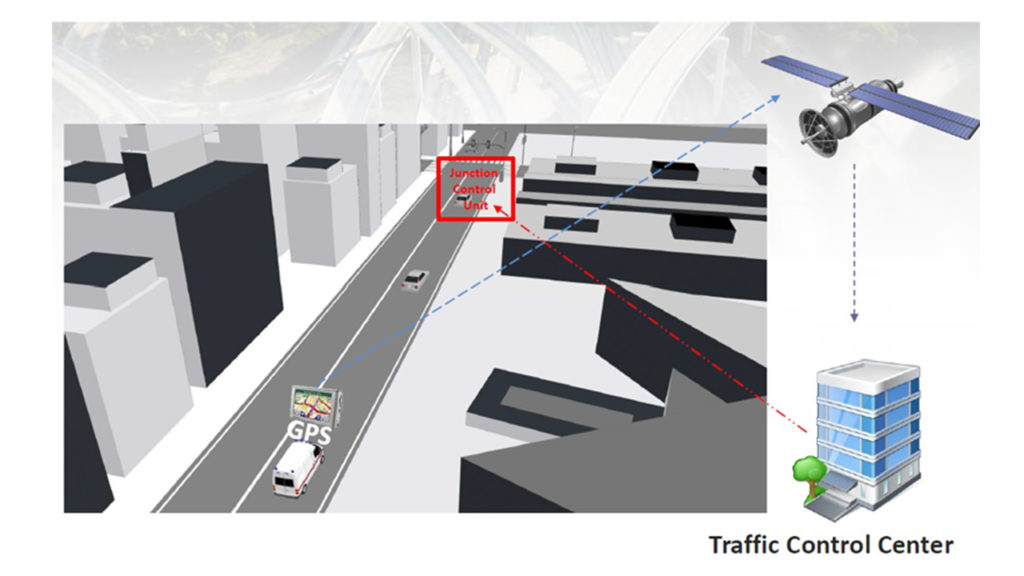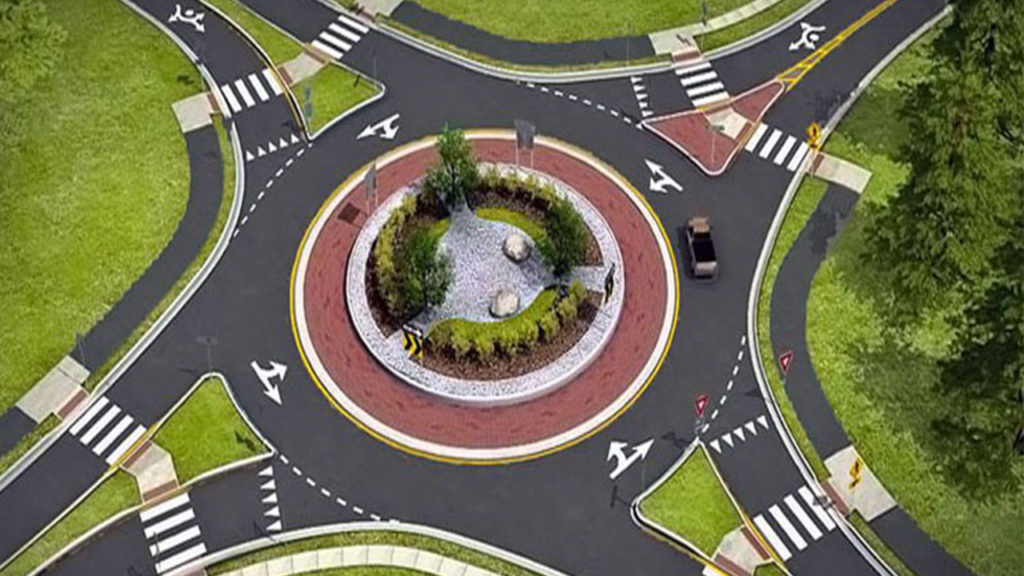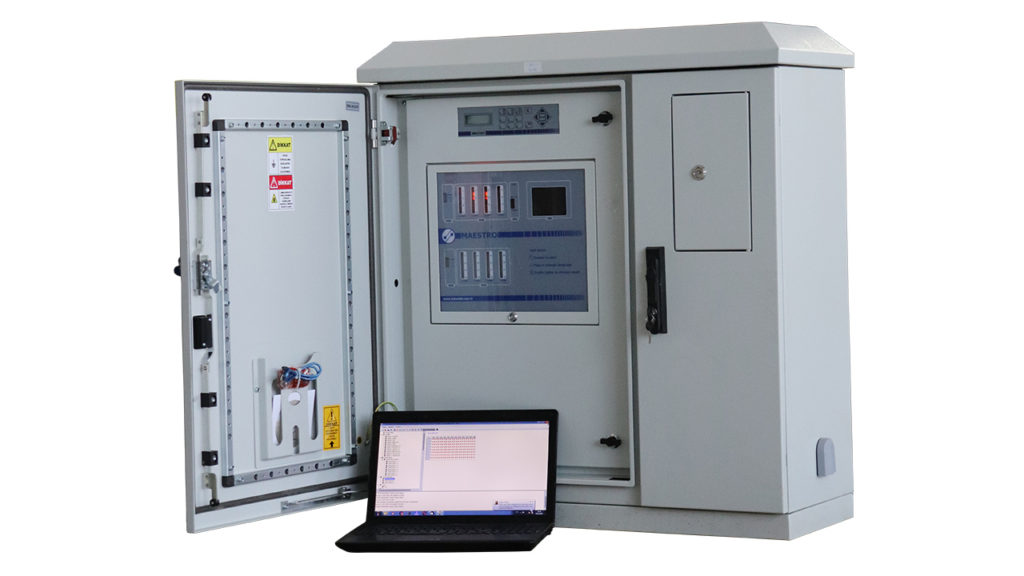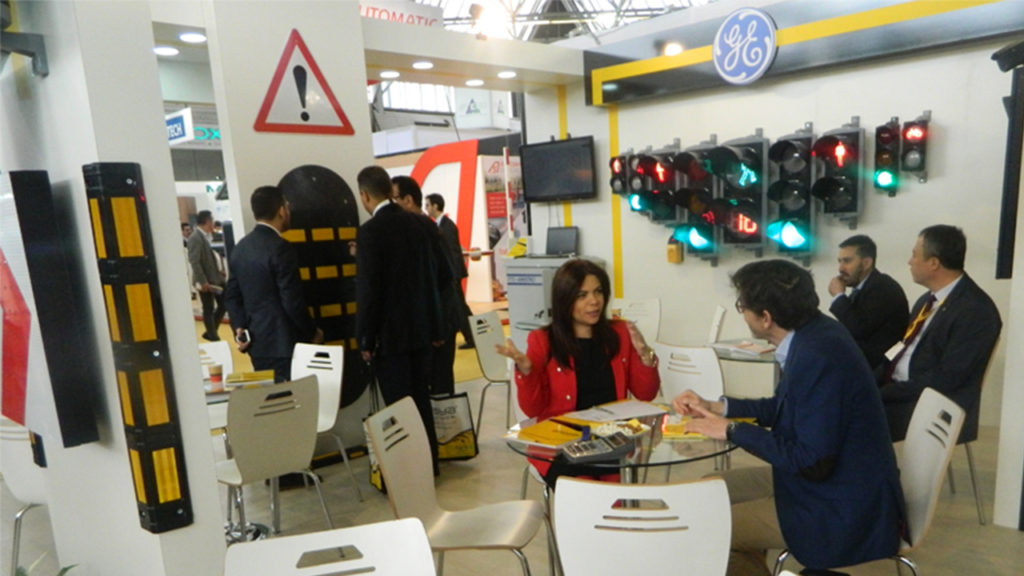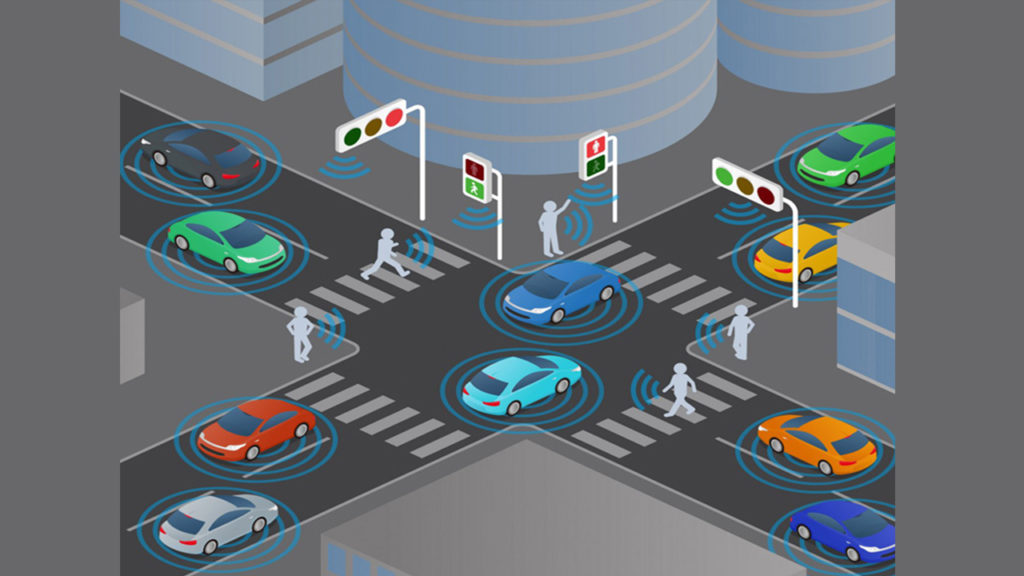
Glossary of Terms for Transportation, Traffic and Signalization- Chapter 2
Effective Red Time: The amount of time a traffic movement or sequence of mo
vements is headed to a stop and the time equals to difference between cycle time.
Effective Green Time: The time at which a traffic movement or sequence of movements proceeds. It equals to difference between cycle time and effective red time.
Extension of Effective Green Time: It is the extension of effective green time until the gap time interval and the change at the end of the phase that can be used for the movement of the vehicle for a lane group.
Phase: The total time period for at least one group is called phase. The time between starting of green light for one group and starting of green light of another group.
Delay: Additional travel time experienced by a driver, passenger or pedestrian.
Passing Sight Distance: The sight distance that the drivers need in order to perform safe crossing maneuver to opposite direction on a two ways lane.
Geometric Condition: Spatial features of a facility including approach slope, the number of lanes and width, using the lane and parking lanes.
Volume: The number of pedestrians or vehicles passed through a highway or other traffic ways for one hour.
Light Rail System: It is an electrical railway system operated by individual vehicles. They can operate at ground level as single decker short train, metro or occasionally at streets.
Stop Controlled Intersection in All Directions: It is an intersection with stop sign at all directions. The driver’s decision to proceed is based on the traffic rules and the traffic conditions of other approaches.
Level of Service (LOS): Qualitative measurement based on service precautions about road, intersection, speed and travel time, freedom of maneuver, traffic jam.
Capacity: Maximum flow ratio of sustainable mobility of vehicles or pedestrians in a certain time period in one lane or a part of the highway that depends on control method, geometrical order, traffic composition and environment conditions is called capacity. Usually, expressed by vehicle/hours, person/hours.
Ramp: Part of a short highway that connects two traffic facilities (flow).
Ramp Control: Traffic signal that regulates the vehicles to ramp the highways. One or two vehicles allowed to ramp in each green at ramp part without interrupt the flow of highway.
Loss Time: Total time period that the green light is not light up which effect the cycle time in a cycle period, managed the vehicle flow.
Offset: The difference between the initial moments of the green signal durations of two adjacent intersections at coordinated signaled intersections. This time is determined by the average speed of vehicles moving in a cluster and the distance between intersections.
Interrupted Flow: It is a flow category in which traffic interruptions occur due to traffic signals, stop signs, periodic delays.
Red Duration: The amount of red signal time in seconds in a signal cycle when the signal is red for a phase or group of lanes.
Control Delay: Signal phase coordination (progress of movement along with intersection and along with corridor), it is based on many variables including signal loop duration and capacity of intersection and traffic volume.
Corridor: Designed for travels between two points, parallel transportation facility cluster. There are sub-systems such as highways, arterial road, transit, pedestrian and bicycle facilities in a corridor.


